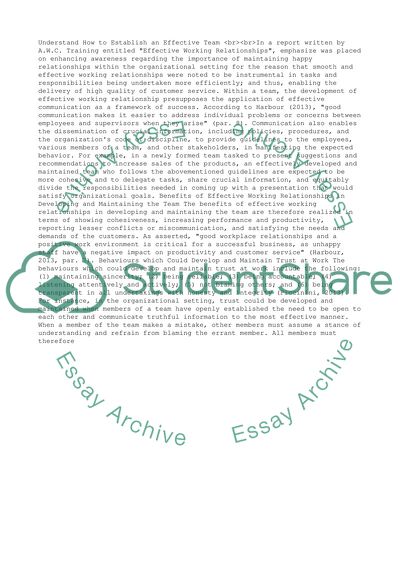Cite this document
(“Understand How to Establish an Effective Team Assignment”, n.d.)
Understand How to Establish an Effective Team Assignment. Retrieved from https://studentshare.org/management/1487609-understand-how-to-establish-an-effective-team
Understand How to Establish an Effective Team Assignment. Retrieved from https://studentshare.org/management/1487609-understand-how-to-establish-an-effective-team
(Understand How to Establish an Effective Team Assignment)
Understand How to Establish an Effective Team Assignment. https://studentshare.org/management/1487609-understand-how-to-establish-an-effective-team.
Understand How to Establish an Effective Team Assignment. https://studentshare.org/management/1487609-understand-how-to-establish-an-effective-team.
“Understand How to Establish an Effective Team Assignment”, n.d. https://studentshare.org/management/1487609-understand-how-to-establish-an-effective-team.


